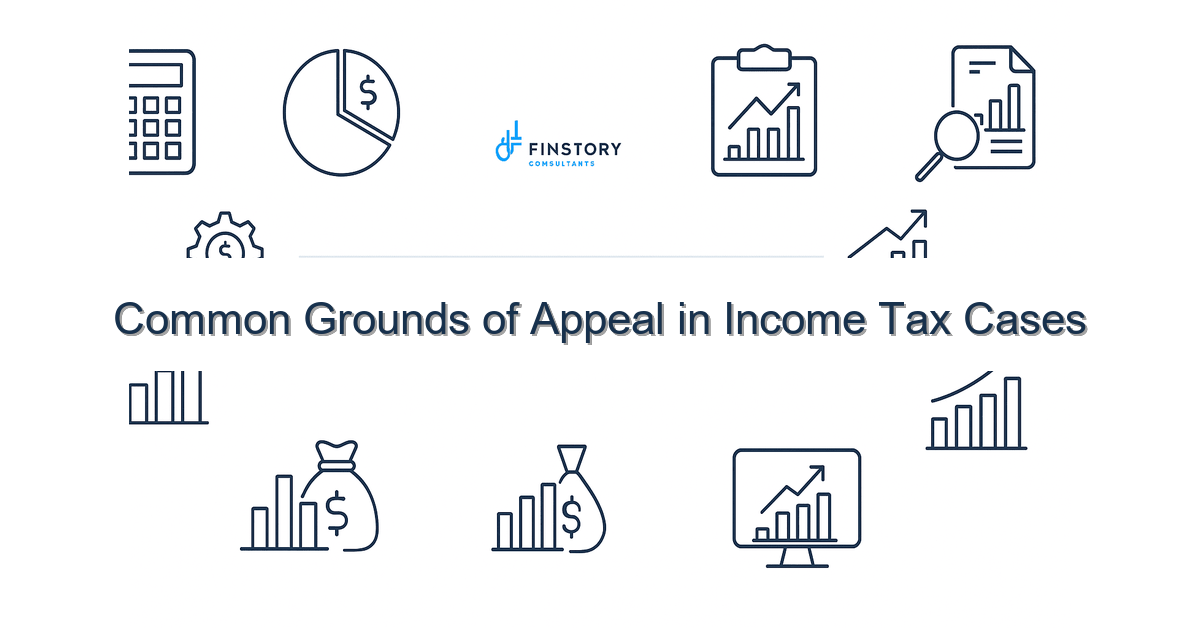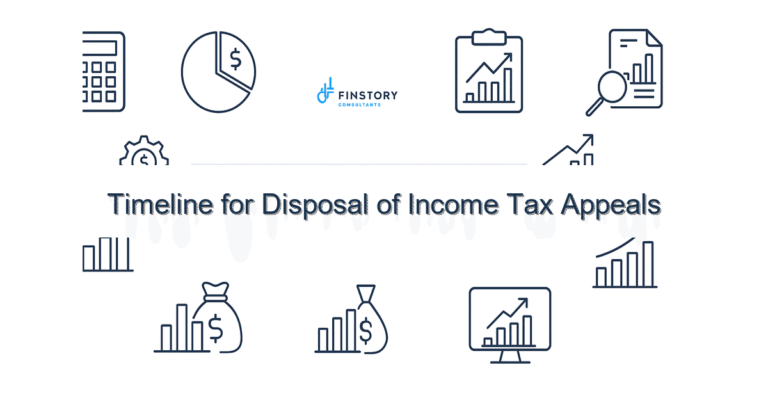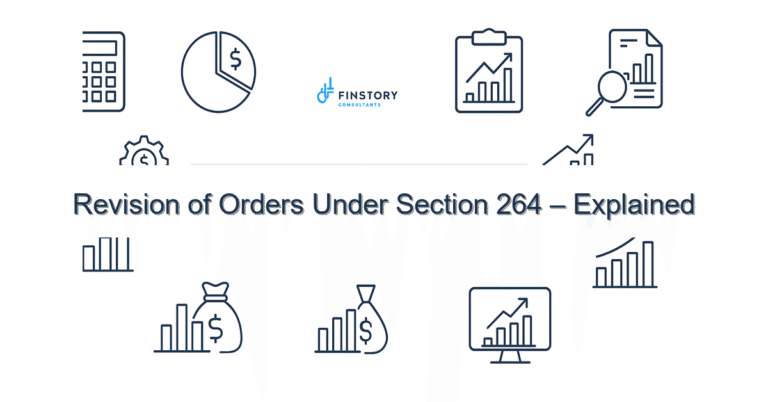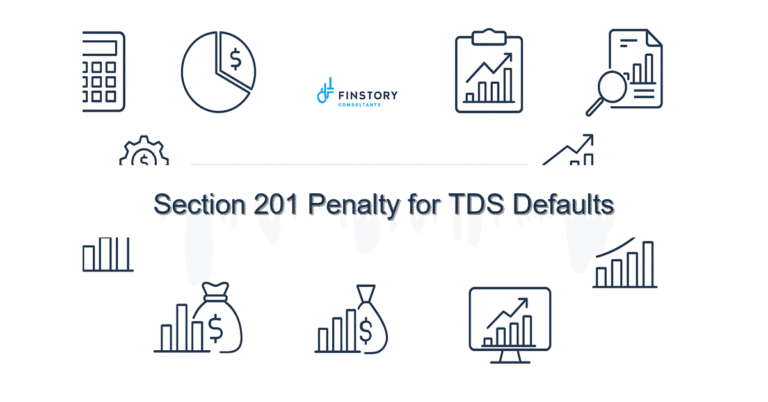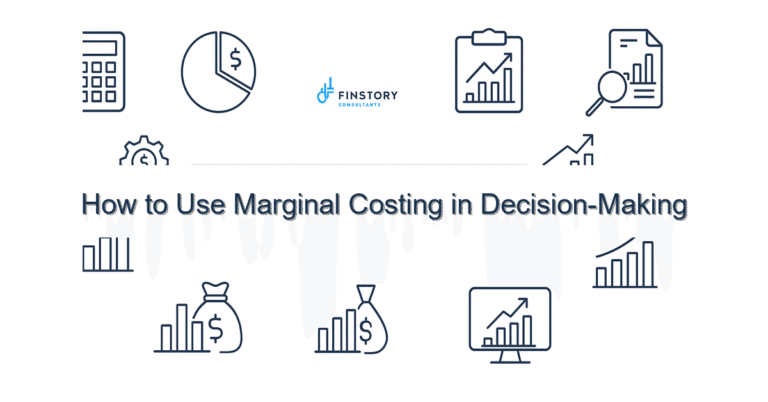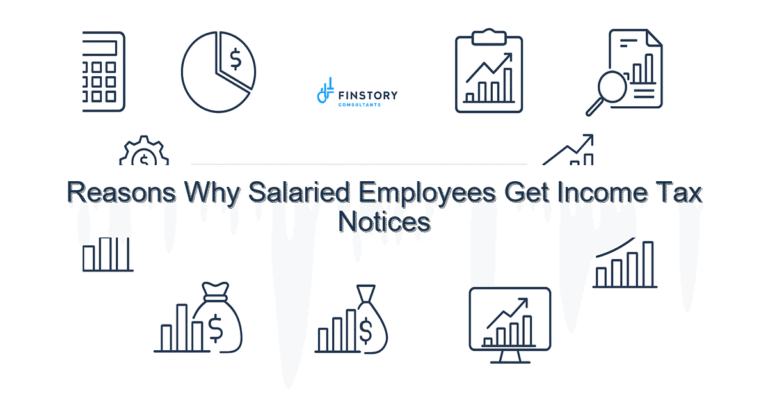Common Grounds of Appeal in Income Tax Cases
Dealing with a tax notice or an adverse order feels personal — and confusing. Whether you’re a salaried employee, a founder, or run an MSME, tax technicalities and sudden demands can cause real stress. You’re not alone: many taxpayers face the same traps and don’t know when to appeal or how to win.
Summary: The key takeaway: most successful income tax appeals in India rest on clear procedural errors, misinterpretation of facts, or overlooked exemptions. A systematic approach — check the record, preserve evidence, use the right grounds, and follow appeal timelines — converts uncertainty into predictable outcomes.
What’s the real problem in India?
For many taxpayers, the challenge isn’t just the tax bill — it’s navigating terms and processes: AY/PY distinctions, CBDT timelines, varied forms, and technical notices. The e-filing portal, AIS/26AS, and TDS/TCS entries often don’t match what you expect, and that discrepancy leads to assessments and demand orders. Crafting an appeal without the right facts or missing the ITR filing last date can make matters worse.
- Symptom: Surprise demand from CPC or Assessing Officer saying income not reported or TDS mismatch.
- Symptom: Disallowance of deductions such as investments under Section 80C limit without explanation.
- Symptom: Capital gains adjustments where indexation or cost base was ignored (capital gains indexation not applied).
- Symptom: Misclassification under new vs old regime slabs or incorrect tax slab application for the AY.
What people get wrong
Taxpayers and some advisers often make avoidable mistakes: they accept a demand without checking AIS/26AS, miss simple documentary evidence, or use the wrong legal ground in the appeal. Others assume CPC notices are final and don’t pursue rectification or file a timely appeal. Common pitfalls include:
- Not reconciling Form 26AS/AIS with salary slips, bank interest, or TDS/TCS entries before responding.
- Relying on informal explanations rather than submitting appropriate documents (bank statements, broker P&L, proof of investments).
- Confusing assessment year (AY) and previous year (PY) which leads to incorrect calculations and missed deadlines.
- Using broad or vague grounds in appeals instead of precise legal or factual errors (for example, citing “excess assessment” without pointing to the exact entry or law).
A better approach
Appeals succeed when they are factual, timely, and targeted. Use a stepwise framework that any taxpayer can follow:
- Reconcile records: Match AIS/26AS, Form 16/16A, bank statements, and ITR. Identify exact mismatches.
- Preserve evidence: Collect proofs — investment receipts (for Section 80C limit), bills, broker contract notes (for capital gains indexation), and salary statements.
- Select grounds wisely: Point to procedural errors, misapplication of law (e.g., wrong slab, incorrect capital gains calculation), or factual mistakes supported by documents.
- File timely: Note ITR filing last date, and appeal timelines — file rectification or first appeal within prescribed limits.
- Escalate strategically: If first appeal is rejected, prepare concise legal arguments for higher forums; use precedents and clear citations.
Real-world example: A Bengaluru software founder received a demand for unreported income due to a TDS/TCS entry mismatch. By reconciling AIS/26AS and providing bank-wise receipts and invoice copies, the appeal succeeded — a refund of INR 2.4 lakh was issued within 6 months after the first appeal, saving interest and litigation.
Quick implementation checklist
- Download AIS/26AS and the latest ITR computation from the e-filing portal this week.
- Reconcile TDS/TCS entries with Form 16/16A and bank statements.
- Gather proofs for deductions (80C receipts, insurance, PPF, ELSS) and annotate them by AY/PY.
- Prepare evidence for capital gains: acquisition date, cost, sale consideration, and compute capital gains indexation where applicable.
- Check whether you chose new vs old regime slabs correctly in your filed ITR; if an error exists, assess the benefit of a revised return or rectification.
- Note appeal deadlines: file a rectification petition within 4 years where applicable and first appeal within 30–60 days depending on the notice type.
- Draft concise grounds: list 3–5 clear points with document references instead of long narratives.
- If unsure, book a consultation: prioritise cases with large demand, penalty, or interest impact.
What success looks like
- Higher refund rate — more valid refunds released instead of demands (target +30% recovery on disputed amounts).
- Fewer assessment notices year-on-year (reduction in notices by 40–60% for reconciled taxpayers).
- Faster resolution — cases closed within months rather than years when evidence is clear.
- Lower interest and penalties due to timely rectifications or appeals.
- Confidence in ITR filing and tax planning — correct use of Section 80C limit and appropriate regime selection.
Risks & how to manage them
Appeals carry procedural and substantive risks. Missing timelines, submitting incomplete evidence, or making inaccurate legal claims can lead to penalties or dismissal. Manage risks by:
- Keeping strict deadlines: diarise ITR filing last date and appeal windows.
- Using certified copies of documents and maintaining an indexed record for each AY.
- Getting professional review for complex matters like international income, transfer pricing, or large capital gains where indexation and exemptions are technical.
- Escalating only when facts and law favor you; avoid emotional or speculative appeals.
Tools & data
Leverage these India-specific tools for better appeal outcomes:
- AIS/26AS — reconcile all TDS/TCS and refund entries.
- Income Tax e-filing portal — download notices, file rectifications, and submit appeals electronically.
- TDS/TCS tracking tools and bank reconciliations — reconcile monthly to avoid surprises.
- Broker platforms and ledger reports — essential for capital gains indexation computations and long-term gains.
- [link:ITR guide] and [link:tax-saving tips] — internal resources to help with filing and planning.
FAQs
Q: What is the first step if I get a demand notice?
A: Immediately download AIS/26AS and your filed ITR, reconcile the alleged addition or mismatch, and gather supporting documents. Respond within the notice timeline or file for rectification if it’s a factual/clerical error.
Q: Can I file an appeal if I missed the ITR filing last date?
A: Late filing complicates matters but doesn’t always block appeals. You should consult an expert quickly — some remedies (like condonation of delay) are time-sensitive.
Q: How important is showing indexation for capital gains?
A: Very important. For long-term capital gains, indexation can drastically reduce taxable income. Present acquisition cost documents and compute indexation correctly when filing appeals.
Q: What if the issue is TDS/TCS not reflected correctly in AIS/26AS?
A: Request the deductor to file a correction statement immediately and keep a record. You can also submit proof of tax deducted at source (Form 16/16A) in your appeal to reconcile differences.
Next steps
If you’ve received a notice, have a disputed assessment, or want to strengthen your tax position before filing, take action now. Book a consultation so we can review AIS/26AS, Form 26AS mismatches, and draft focused grounds of appeal tailored to your case.
Work with Finstory. Speak with an Expert for a personalised plan to reduce your tax outgo and stay compliant. Book a free 20-min consultation.
📞 Need help with Income Tax in India?
Book a 20-min consultation with our tax team. Individuals, founders & MSMEs welcome.
Prefer email or phone? Write to info@finstory.net
or call +91 44-45811170.
